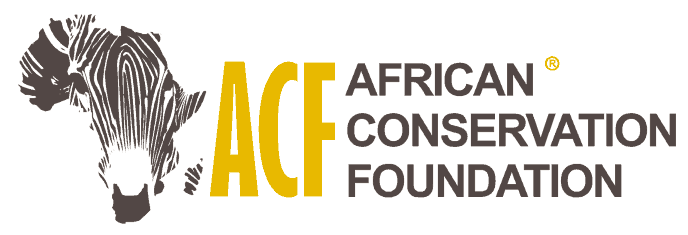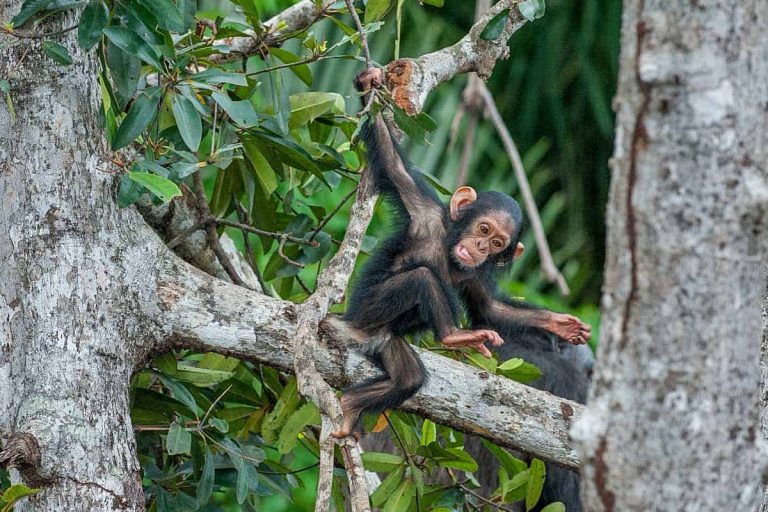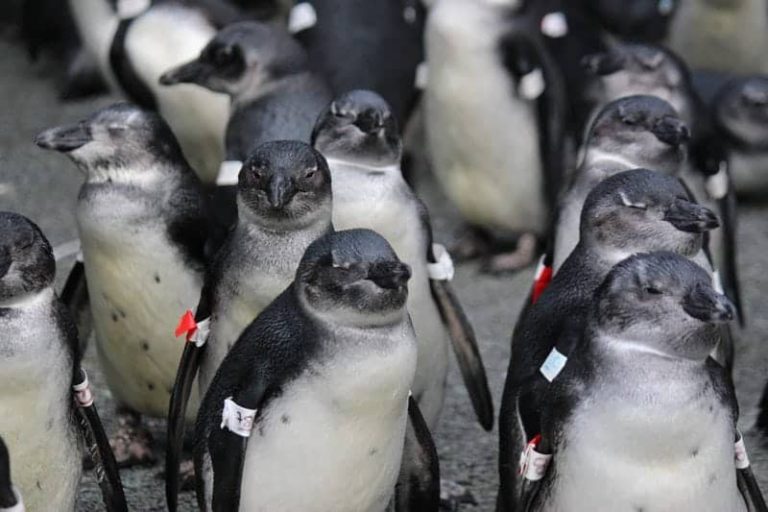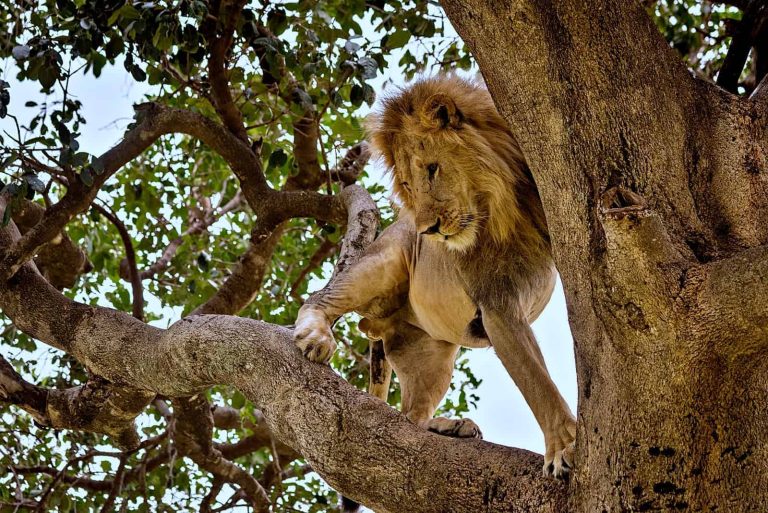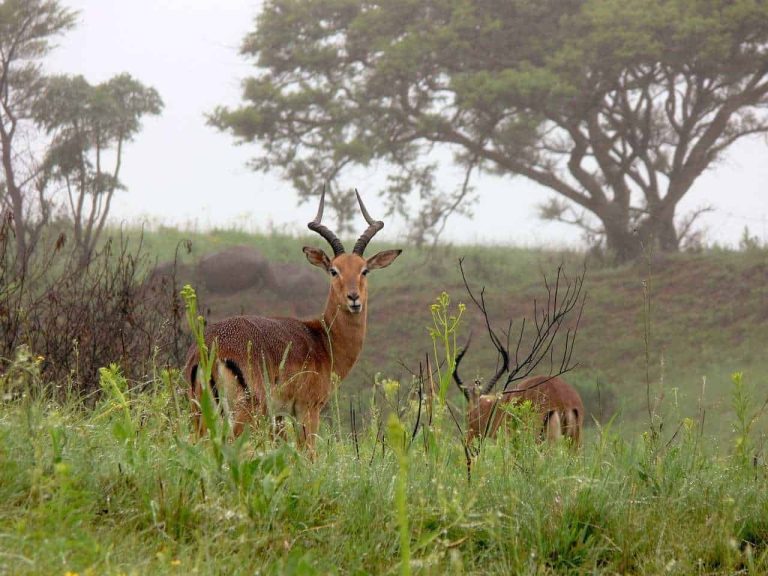Can Japanese Say No to Ivory Products?
I’m a Japanese woman married to a British diplomat. We keep moving places every 3 to 4 years and currently live in Malawi after staying four years in Kenya. Since our Kenya days, we’ve visited a number of national parks and game reserves in Kenya, Zambia and South Africa to appreciate rich African wildlife. The sad thing is that wherever we go, we learn that parks are suffering from a serious problem of poaching. The main victims are elephants and rhinos for their tusks and horns and Malawi is not an exception.
In Malawi, the number of elephants has been dramatically decreasing because of poaching. Since the 1980s, elephant numbers have halved. Elephants suffer slow and painful deaths from poachers’ snares or gunshot wounds. If mother elephants got killed, their babies can die too. Elephants are being killed brutally only to satisfy our greedy and unnecessary appetite for ivory.
It’s not just from the animal welfare point of view. If elephant gets killed at the current rate, they could disappear from this planet forever. Countries who are depending on wildlife tourism such as Malawi would lose their precious resource that is essential for their economic growth.
What’s more, illegal wildlife trade has become the 4th largest transnational crime in the world, and Malawi itself is being used as a transit route for illicit ivory from organized crime syndicates, which in itself is a threat to national security.
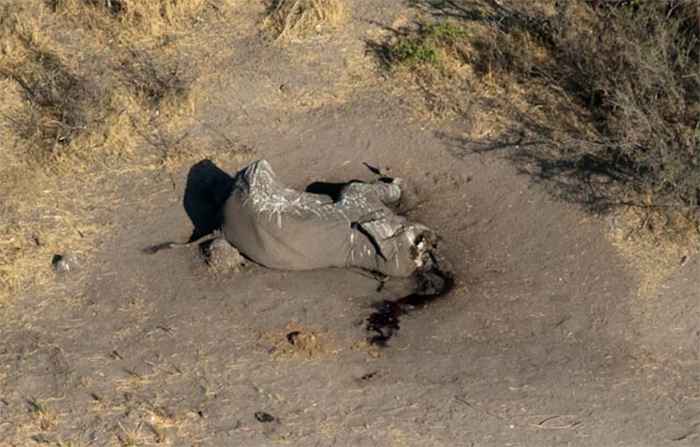
Last year I started working as a volunteer at Lilongwe Wildlife Trust, an NGO that protects Malawi’s wildlife and habitats, and got involved in a series of anti-ivory trade campaign projects. The biggest achievement so far is the production of ‘Say No to Ivory Trade’ video featuring Malawi’s President and fifteen Ambassadors and Honorary Consuls sending out a powerful ‘Say No to Ivory’ message to visitors to Malawi and to local residents. The video was launched by the President in April and the message is being spread through TVs, social media and on the screens at airports in Malawi.
Soon after the Presidential launch of the video, I went back to Japan on holiday. When I was going through a Japanese newspaper one morning, I saw an advert of on-line sales of name stamps (hanko) made out of woods, plastic and ivory. I was shocked. I was shocked not only to see the advert of ivory products but to learn how ignorant I was about my own country’s situation over ivory. I was not aware that ivory products had been still sold in Japan. I had just assumed that an economically developed country such as Japan had decided to stop ivory trade many years ago.
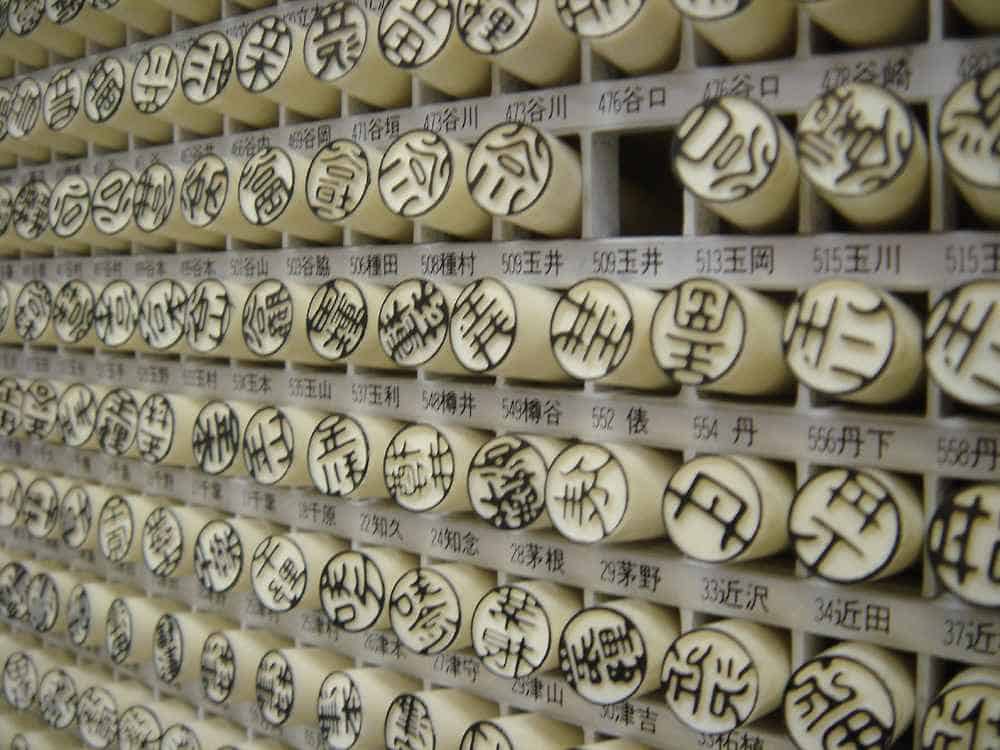
I did my research. Japan bans both import and export of ivory and ivory products but it’s legal to trade existing ivory in the country. The owners must register their ivory at a governmental office stating that they were legally obtained. Ivory sellers must have an official license.
But an investigation done by National Geographic says the number of registered ivory in Japan has been increasing. It jumped up from 500 pieces in 2010 to 1,900 in 2014. At the same time some Japanese ivory products have been found sold overseas. This means that the Japanese legislation is not working.
As long as there’s a demand, the market grows. And it’s impossible to tell if they are legal ivory or illegal ivory once they get into the market. For this reason, China and the US announced to shut down any ivory trade in September 2015 and started their effort to reduce demand for ivory. Sadly, Japan was one of the countries at the CITES (Convention of the Illegal Trade in Endangered Species) meeting in South Africa this month to vote against a resolution to close domestic ivory markets around the world.
When I was young, I used to see quite a few name stamps and Buddha figurines made of ivory at my grandparents’ house. As a child, I didn’t even think where and how the ivory comes from just like I didn’t think where my sashimi comes from. But now I know that elephants are killed by poachers in for their ivory in Africa. I’ve seen so many photos of elephants being caught by snares and suffering from serious injuries or elephants’ dead bodies without their faces after their tusks are removed.
Ivory doesn’t come for free. They come at the sacrifice of elephants’ lives. Actually it’s not just elephants’ lives. Park rangers are fighting against poachers and they sometimes become victims of poachers. Yes, ivory is a symbol blood of elephants and of people who are trying to save elephants’ lives.
I’d like all Japanese people to be aware of these facts and ask themselves if they are still keen to possess ivory products. We don’t need ivory accessories when there are a number of other alternatives to dress up. We can surely get by without name stamps made of ivory. Can we all stop wanting ivory products? If there’s no demand for ivory, the market will disappear.
In March this year, the world famous Italian designer Giorgio Armani has confirmed that he won’t use any animal fur for all his products anymore. This came after many other designers’ decision not to use furs at the sacrifice of animals. The world is moving away from slaughtering animals for our luxury. It’s moving towards protecting and caring for animals and the environment.
I hope the Japanese people take a moment now and think if it’s worth really seeking ivory products and decide to follow the global trend to protect elephants. I know that the Japanese people have good hearts, and I’m sure that they too can say no to ivory trade and help save the elephants from extinction.
